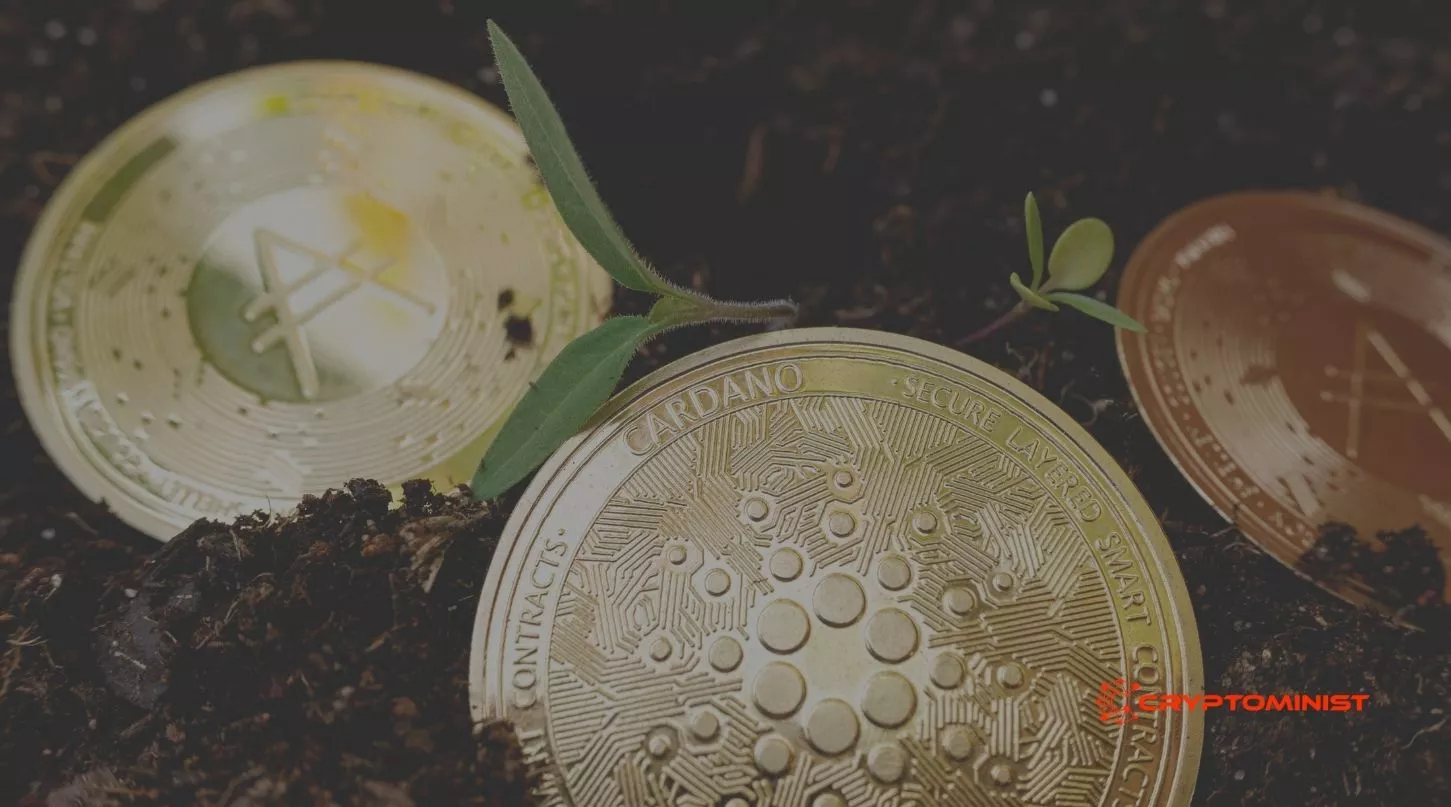Cardano, often abbreviated as ADA, is a prominent blockchain platform and cryptocurrency that has gained widespread attention for its unique approach to blockchain technology. In this article, we will explore the fundamentals of Cardano, including its history, technology, key features, and its role in the broader blockchain ecosystem.
What is Cardano?

Cardano is a blockchain platform developed for smart contracts and decentralized applications (DApps). Founded by Charles Hoskinson, one of the co-founders of Ethereum, Cardano was created to address some of the scalability, sustainability, and interoperability issues that have plagued earlier blockchain platforms. Cardano’s development is guided by a research-driven approach and a commitment to scientific principles.
The Three-Layer Architecture
One of the standout features of Cardano is its three-layer architecture, designed to separate the platform into distinct but interconnected components:
- Settlement Layer: The first layer, known as the Settlement Layer, is responsible for handling ADA transactions, Cardano’s native cryptocurrency. This layer is the foundational ledger and ensures secure and efficient value transfer.
- Control Layer: The Control Layer, also called the Computation Layer, is the layer where smart contracts and DApps operate. The separation of this layer from the Settlement Layer allows for flexibility, scalability, and a safer environment for smart contract execution.
- Sidechains and Metadata Layer: The Sidechains and Metadata Layer is responsible for enabling cross-chain communication, data storage, and metadata. It supports the core functionality of Cardano by facilitating custom tokens, multi-assets, and non-native tokens.
Cardano’s Consensus Mechanism
Cardano uses a proof-of-stake (PoS) consensus mechanism to secure its network. The PoS mechanism in Cardano is known as the Ouroboros protocol, which is divided into several phases. These phases include Byron, Shelley, Goguen, Basho, and Voltaire, each contributing to the platform’s development and functionality.
- Byron: This phase involved the initial development and launch of Cardano. It focused on improving the underlying technologies and laying the groundwork for subsequent phases.
- Shelley: The Shelley phase introduced full decentralization to the Cardano network. During this phase, ADA holders were able to participate in staking, and stake pool operators started to maintain the network.
- Goguen: The Goguen phase brought smart contract functionality to Cardano. This enabled developers to create decentralized applications and execute smart contracts on the platform.
- Basho: The Basho phase aims to optimize the Cardano network’s performance and scalability by enhancing its infrastructure and network structure.
- Voltaire: The ongoing Voltaire phase introduces a treasury system, allowing ADA holders to participate in the decision-making and governance of the platform. It also focuses on ensuring the platform’s long-term sustainability.
Features and Highlights
Cardano boasts several notable features that set it apart from other blockchain platforms:
Sustainability and Scalability:
Cardano’s development includes a treasury system and a focus on scalability, ensuring the platform’s long-term sustainability. It can handle a high number of transactions per second and accommodate future growth.
Interoperability:
Cardano aims to be compatible with other blockchain platforms, promoting cross-chain communication and the seamless exchange of digital assets.
Security and Formal Verification:
Cardano uses formal verification methods to ensure the security of smart contracts, reducing the risk of vulnerabilities and hacks.
Community and Governance:
Cardano places a strong emphasis on community involvement and governance. ADA holders have a say in the platform’s development and decision-making.
Delegated Staking:
ADA holders can participate in staking, either by running their own stake pools or delegating their tokens to existing pools. Stakers are rewarded for securing the network.
Use Cases
Cardano’s flexibility and multi-layer architecture open the door to various use cases, including:
- Smart Contracts and DApps: Cardano provides a platform for developing decentralized applications and executing smart contracts. These can range from DeFi applications to supply chain management.
- Digital Identity: The platform can be used for secure and verifiable digital identity systems, enhancing privacy and security.
- Education: Cardano’s research-driven approach makes it suitable for educational institutions and research projects.
- Financial Services: The platform’s treasury system and native cryptocurrency, ADA, create opportunities for advanced financial services and products.
Challenges and Considerations
While Cardano has made significant progress, it faces various challenges:
- Competition: The blockchain space is highly competitive, with many platforms offering similar features and services.
- Regulatory Environment: Evolving regulations may impact Cardano’s adoption and use cases in different regions.
- Adoption and Network Effect: Cardano must continue to grow its user base and developer community to reach its full potential.
Conclusion
Cardano is an innovative blockchain platform that embodies the principles of scientific research, security, and sustainability. Its unique three-layer architecture and commitment to PoS consensus have positioned it as a key player in the blockchain and cryptocurrency space. Cardano’s ongoing development and commitment to decentralization, scalability, and interoperability indicate a promising future for the project as it strives to address real-world challenges and provide solutions in various sectors.
If you like reading the above article, you may also like reading: